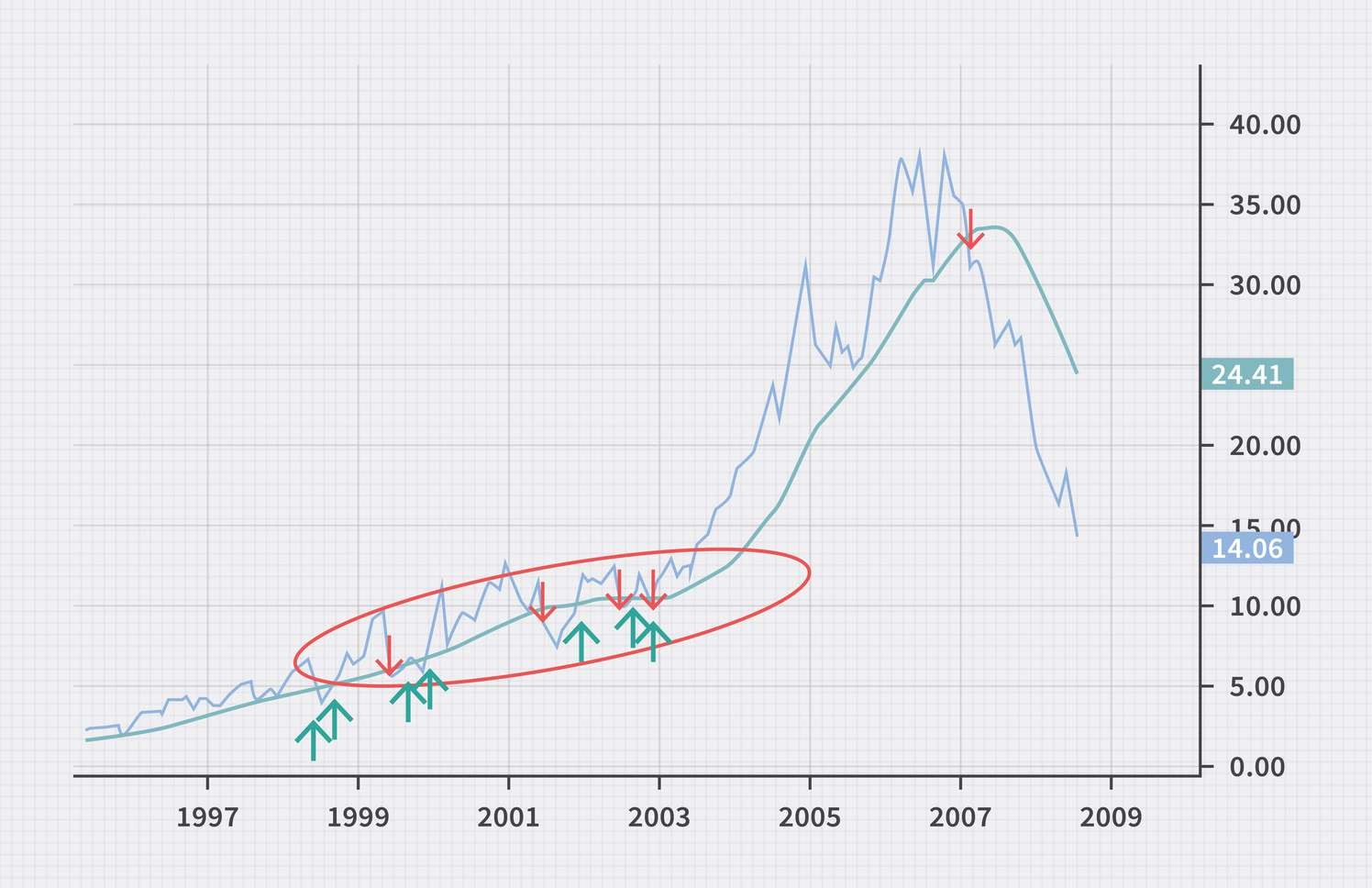.jpg)
1. What is a Moving Average?
.jpg)
What is a Moving Average?
A Moving Average (MA) is one of the most widely used indicators in technical analysis. It is a statistical calculation that smooths out price data over a specified period to identify trends in the market. Moving averages help traders filter out the "noise" from short-term price fluctuations and focus on the underlying trend. There are different types of moving averages, with the most common being the Simple Moving Average (SMA) and the Exponential Moving Average (EMA).
1.1 Types of Moving Averages
-
Simple Moving Average (SMA): This is the most basic form of moving average. It is calculated by taking the average of a security’s price over a set number of periods (e.g., 10, 50, or 200 days). For example, if you wanted to calculate the 10-day SMA of a stock, you would sum up the closing prices of the stock for the past 10 days and divide by 10.
-
Exponential Moving Average (EMA): Unlike the SMA, the EMA gives more weight to the most recent prices, making it more responsive to price changes. The calculation involves applying a weighted multiplier to the most recent price data, which results in a more sensitive average that reacts quicker to price movements.
1.2 How Traders Use Moving Averages
-
Trend Identification: Moving averages help traders identify whether a market is in an uptrend, downtrend, or consolidation phase. For instance, when a short-term moving average (e.g., 50-day) crosses above a long-term moving average (e.g., 200-day), it generates a Golden Cross, a bullish signal. Conversely, when a short-term moving average crosses below a long-term moving average, it creates a Death Cross, which is often seen as a bearish signal.
-
Support and Resistance: Moving averages can also act as dynamic support and resistance levels. For example, in an uptrend, the price may often bounce off the 50-day moving average, which acts as a support level.
2. What are Fibonacci Bands?
.jpg)
Fibonacci Bands are a technical analysis tool derived from the Fibonacci sequence, a series of numbers where each number is the sum of the two preceding ones (0, 1, 1, 2, 3, 5, 8, 13, 21, 34…). The Fibonacci sequence is found throughout nature, and in the world of trading, it is used to predict potential levels of support and resistance.
Fibonacci Bands use the Fibonacci retracement levels (such as 23.6%, 38.2%, 50%, 61.8%) to create a set of upper and lower bands around a price chart. These bands are designed to identify key price levels where an asset may experience significant support or resistance.
2.1 How Fibonacci Bands are constructed
Fibonacci Bands are typically drawn around a moving average. Traders apply the Fibonacci retracement levels (commonly 23.6%, 38.2%, 50%, 61.8%) above and below the moving average, creating bands that help determine potential reversal points.
-
Upper and Lower Bands: The Fibonacci Bands create a range above and below the moving average, with the Fibonacci levels indicating potential support or resistance levels. For example, if the price breaks through the 61.8% Fibonacci Band above the moving average, it could signal an uptrend continuation. Conversely, if the price drops below the 23.6% Fibonacci Band, it could signal a downtrend.
-
Price Action and Reversals: When the price approaches a Fibonacci level, it may either bounce off it or break through it. Traders use Fibonacci Bands to anticipate potential price reversals, which makes them a valuable tool for determining entry and exit points.
2.2 How Traders Use Fibonacci Bands
-
Support and Resistance: Fibonacci Bands can be used to identify key support and resistance levels. When the price reaches a Fibonacci retracement level, traders often look for signs of reversal, such as candlestick patterns or oscillators, to confirm whether the price will bounce or break through.
-
Trend Confirmation: Fibonacci Bands can also be used to confirm the direction of a trend. If the price is consistently staying above the 61.8% Fibonacci Band, it could suggest a strong uptrend. If the price is consistently below the 38.2% level, it might indicate a bearish trend.
-
Entry and Exit Points: Traders may use Fibonacci Bands to time their entries and exits. For instance, buying when the price bounces off a lower Fibonacci level (support) or selling when the price reaches an upper Fibonacci level (resistance).
3. Combining Moving Averages and Fibonacci Bands

While both moving averages and Fibonacci Bands are powerful indicators on their own, combining the two can offer traders a more comprehensive view of the market. Here’s how combining the two can improve a trading strategy:
-
Trend Confirmation: Moving averages can confirm the direction of the trend, while Fibonacci Bands can highlight key levels of support and resistance. For example, if the price is trending upward and bouncing off a Fibonacci support level, it could signal that the trend is likely to continue.
-
Enhanced Entry and Exit Signals: By using both tools together, traders can refine their entry and exit points. For instance, a trader might wait for the price to approach a Fibonacci retracement level near a moving average, signaling a potential reversal. A price bounce off that level could serve as a buy signal.
-
Risk Management: Moving averages and Fibonacci Bands can work together to establish effective stop-loss and take-profit levels. If the price is approaching a Fibonacci level near a moving average, traders may choose to place their stop-loss orders just below or above these levels, depending on the trade’s direction.
4. Conclusion
Moving averages and Fibonacci Bands are two of the most valuable tools in a trader’s arsenal. Moving averages help smooth out price data and identify trends, while Fibonacci Bands provide potential support and resistance levels derived from the Fibonacci sequence. When used together, they offer a more robust framework for making informed trading decisions. However, as with any technical analysis tool, it is important to use moving averages and Fibonacci Bands in conjunction with other indicators and analysis methods to enhance accuracy and minimize risk.
Read more:

 English
English Tiếng Việt
Tiếng Việt.png)
.jpg)

.jpg)
.jpg)

.jpg)
.jpg)

.jpg)
.jpg)
.jpg)
.jpg)




